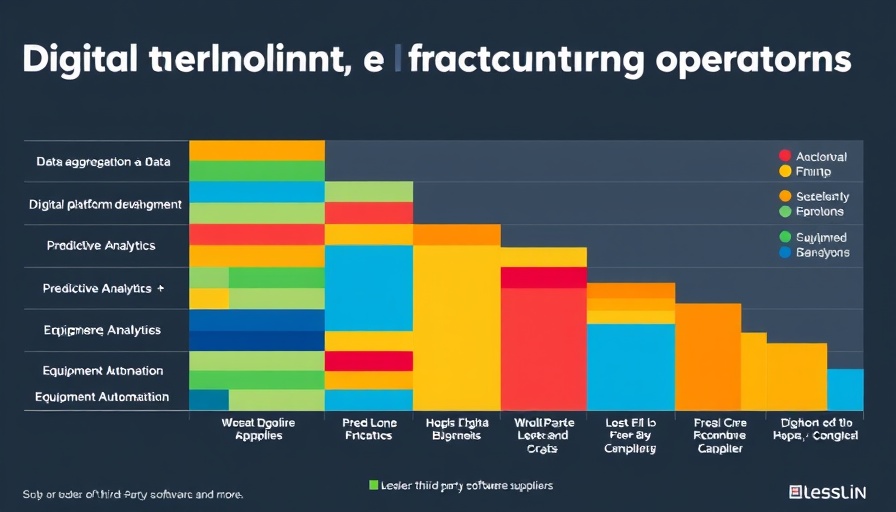
Revolutionizing Hydraulic Fracturing: The Role of Digital Technology
Digital technologies have been pivotal in reshaping hydraulic fracturing operations, providing transformative benefits that extend beyond mere automation. From enhancing equipment efficiency to offering sophisticated analytics, the integration of digital strategies is becoming indispensable for industry players. As we move towards a more technologically-driven future, understanding these shifts is crucial for energy executives who aim to harness their full potential.
Key Digital Technologies Impacting Operations
Some of the most significant advancements include equipment automation, predictive analytics, and real-time adjustments to processes. Automation in hydraulic fracturing not only minimizes human error but also streamlines workflows, providing a crucial edge in a competitive market. Moreover, analytical tools facilitate better frac design and decision-making through robust data interpretation, allowing teams to maximize resource utilization and minimize unproductive time.
Logistics Optimization and Real-Time Monitoring
Logistics plays a vital role in operational efficiency, and the advent of digital platforms has streamlined this aspect tremendously. By enabling real-time data sharing across teams, operators can better manage the supply chain and optimize the schedules of pressure pumpers. Furthermore, real-time monitoring systems allow for immediate adjustments in fracturing procedures, which can significantly impact well performance and overall project success.
The Growing Demand for Specialized Software Providers
While pressure pumpers are essential for the mechanical aspects of hydraulic fracturing, the analysis indicates increasing reliance on third-party software providers. These specialized entities are gaining traction for their ability to develop comprehensive digital platforms that harness predictive analytics. Their solutions enable companies to forecast reservoir behavior more accurately and make informed, proactive decisions, ensuring more successful operations.
Future Insights: The Synergistic Role of Equipment and Data
The 2025 Hydraulic Fracturing Report by Kimberlite underscores the symbiotic relationship between pressure pumpers and software developers. Each is uniquely positioned to address the industry's evolving digital needs—where one focuses on the physical mechanisms of fracking, the other concentrates on the analytical and structural frameworks that support effective pan-industry digitalization.
Strategic Implications for Energy Executives
For energy executives, navigating through the myriad changes brought forth by digital technology will be critical. This involves not only adopting new tools but also fostering partnerships with software providers that can enhance data capabilities. As operations become increasingly data-centric, leveraging these partnerships will be key to remaining competitive and achieving operational excellence in hydraulic fracturing.
Conclusion: Embracing an Analytical Future
The ongoing digital transformation within hydraulic fracturing operations highlights the need for energy companies to adapt quickly. This transition toward enhanced automation and analytic capabilities raises the bar for operational efficiency and effectiveness, reaffirming the importance of real-time data implementation and predictive modeling strategies. To stay ahead, executives must embrace these changes and explore strategic partnerships that will facilitate this digital evolution.
 Add Row
Add Row  Add Element
Add Element 



Write A Comment